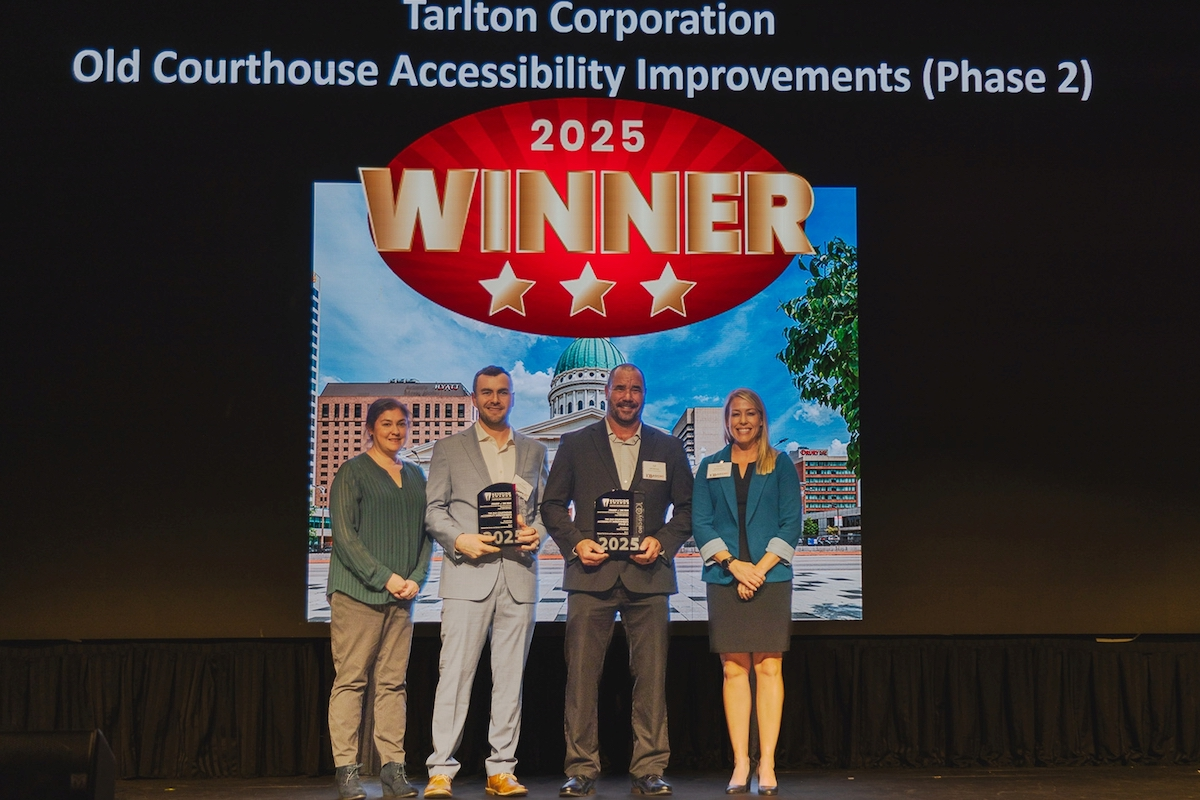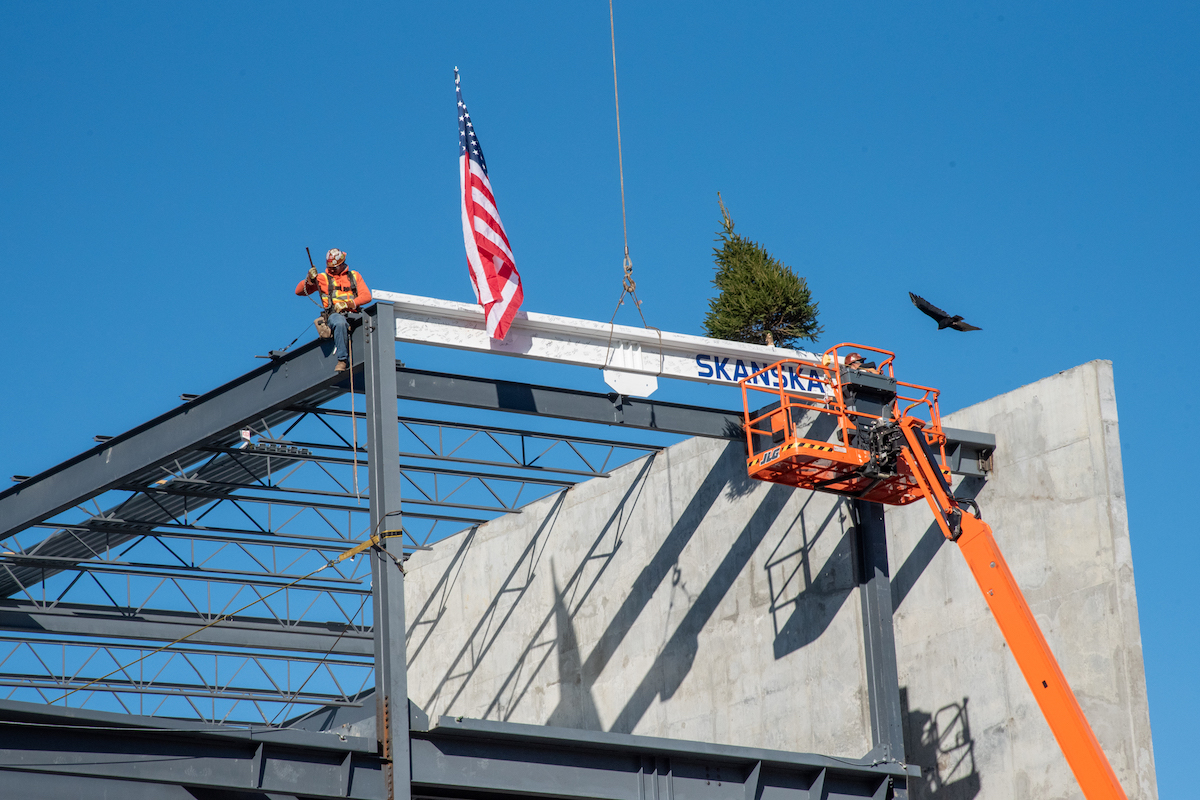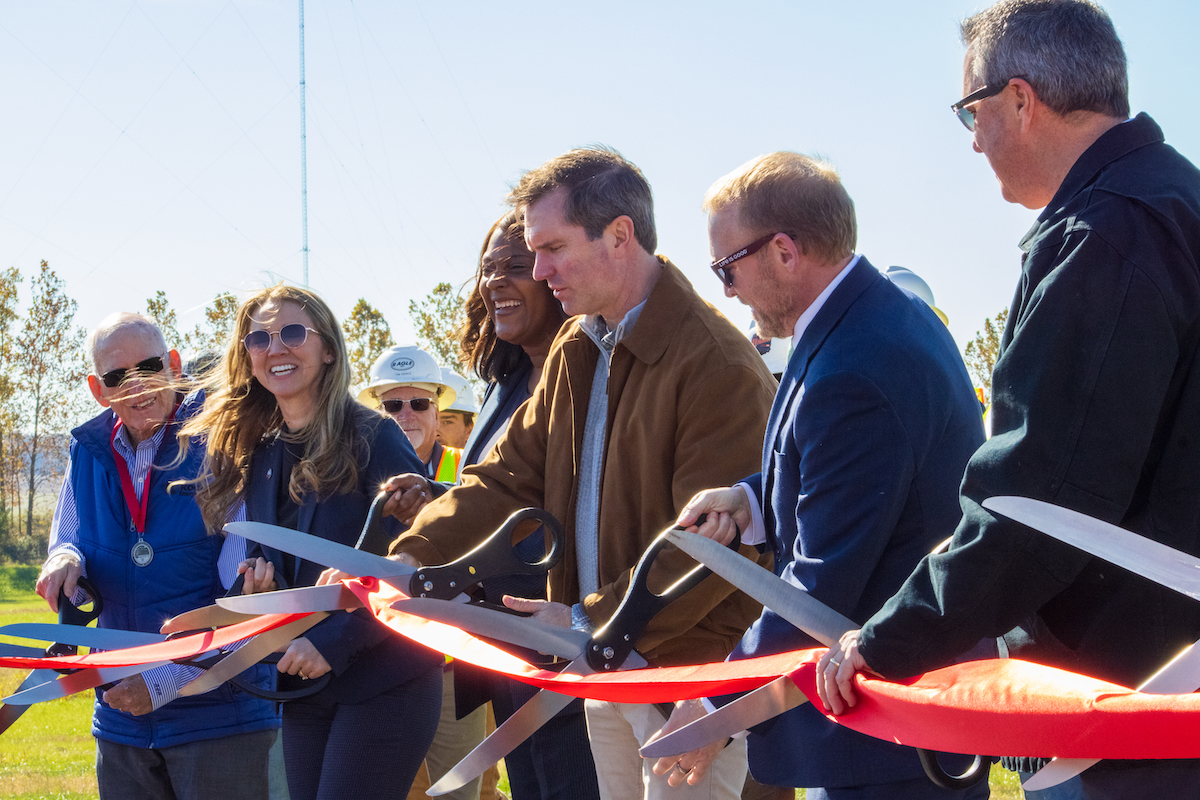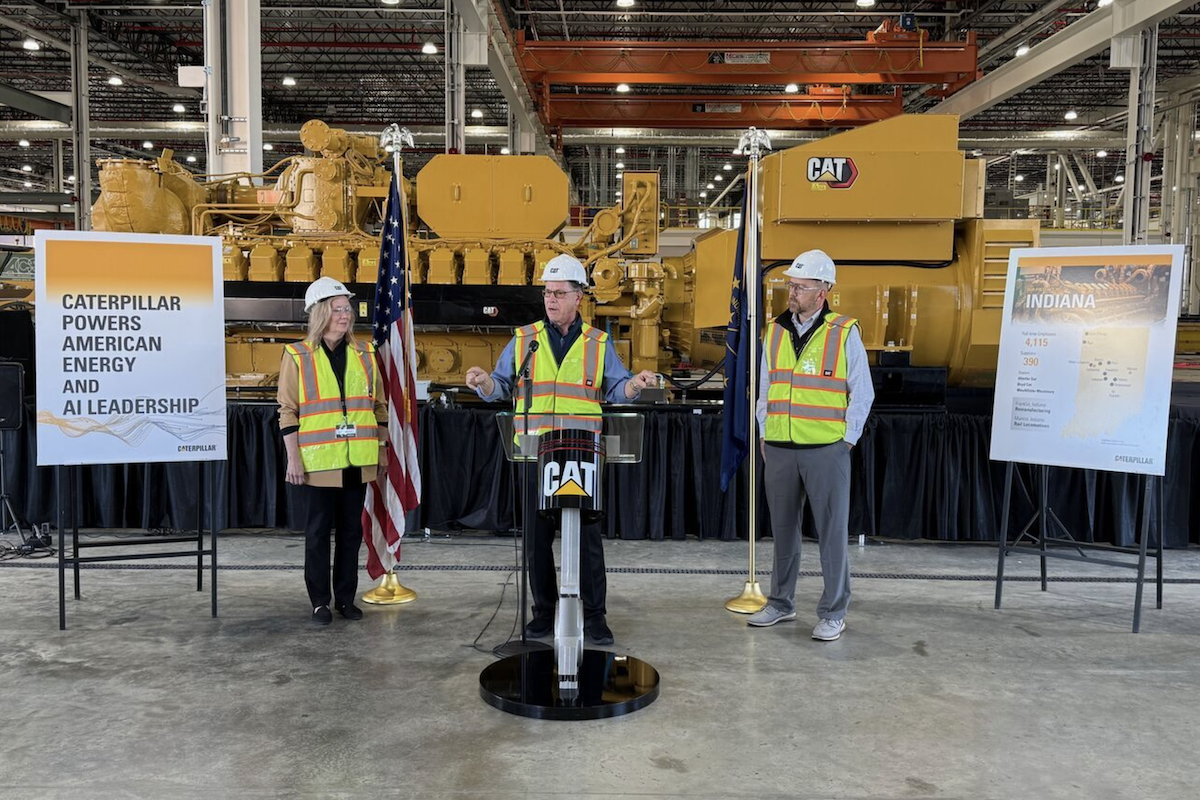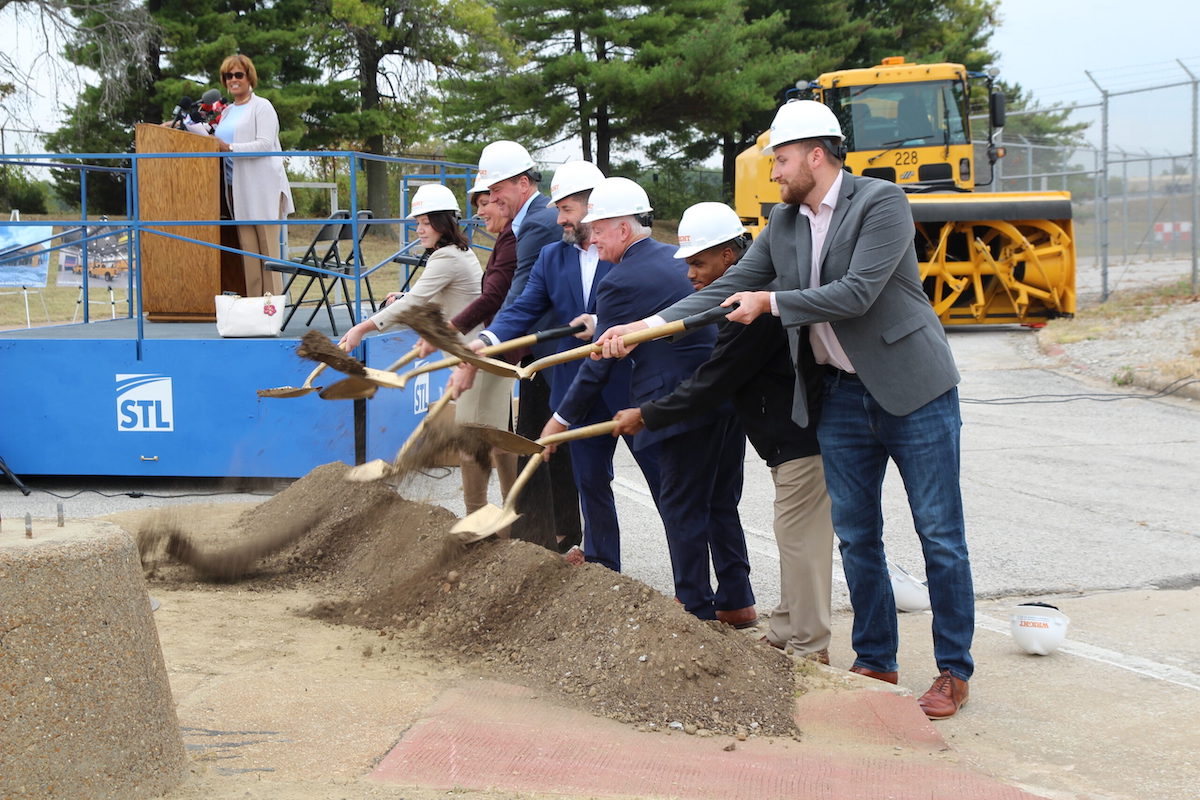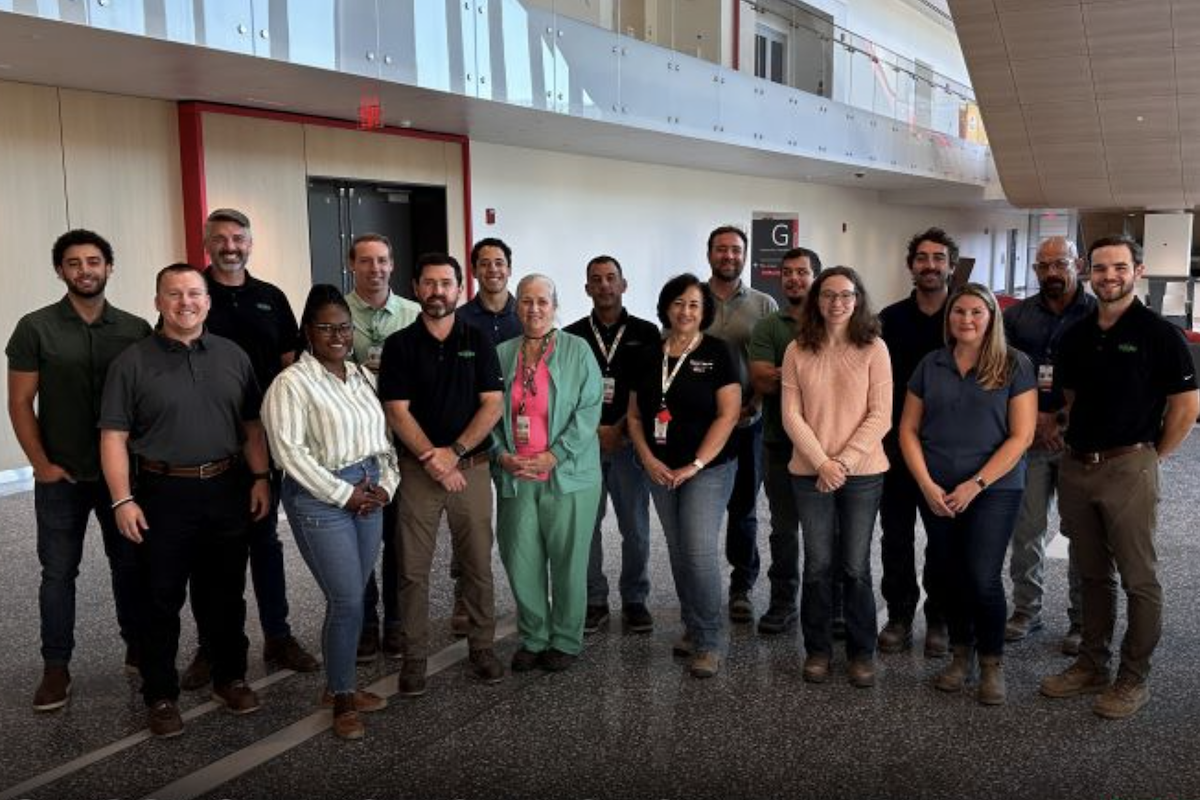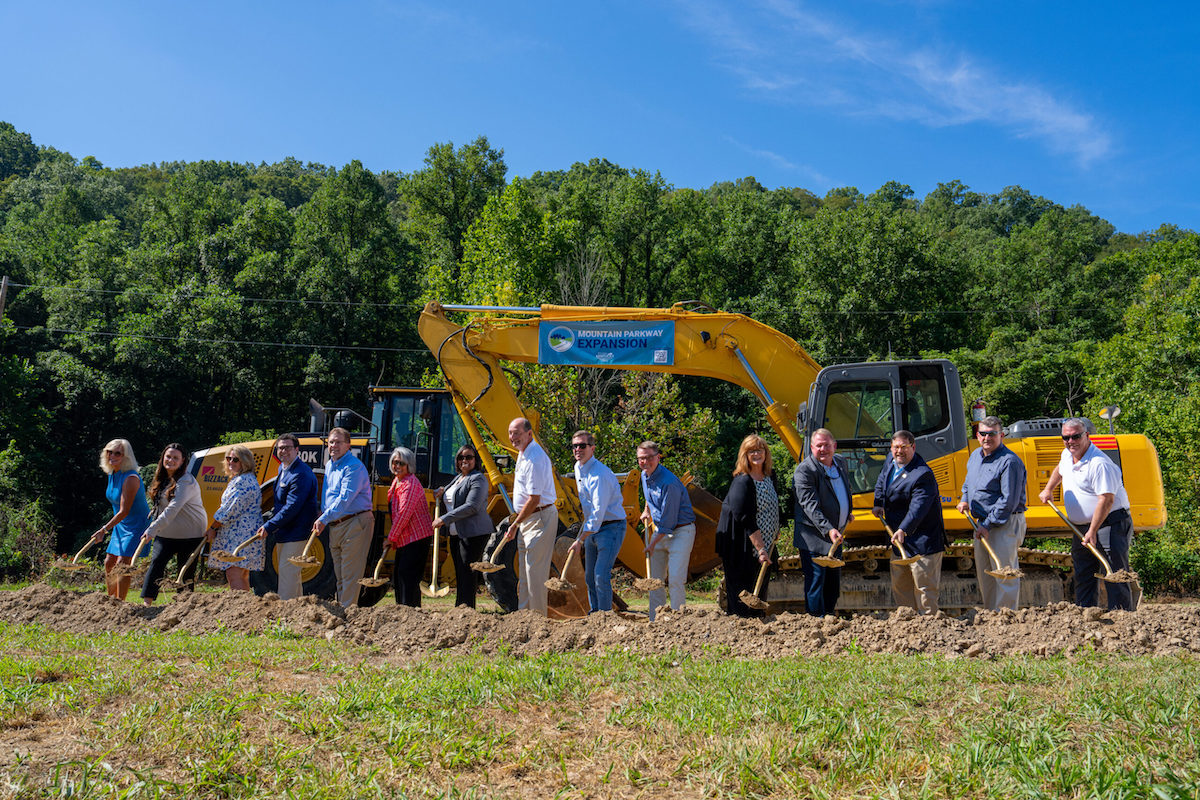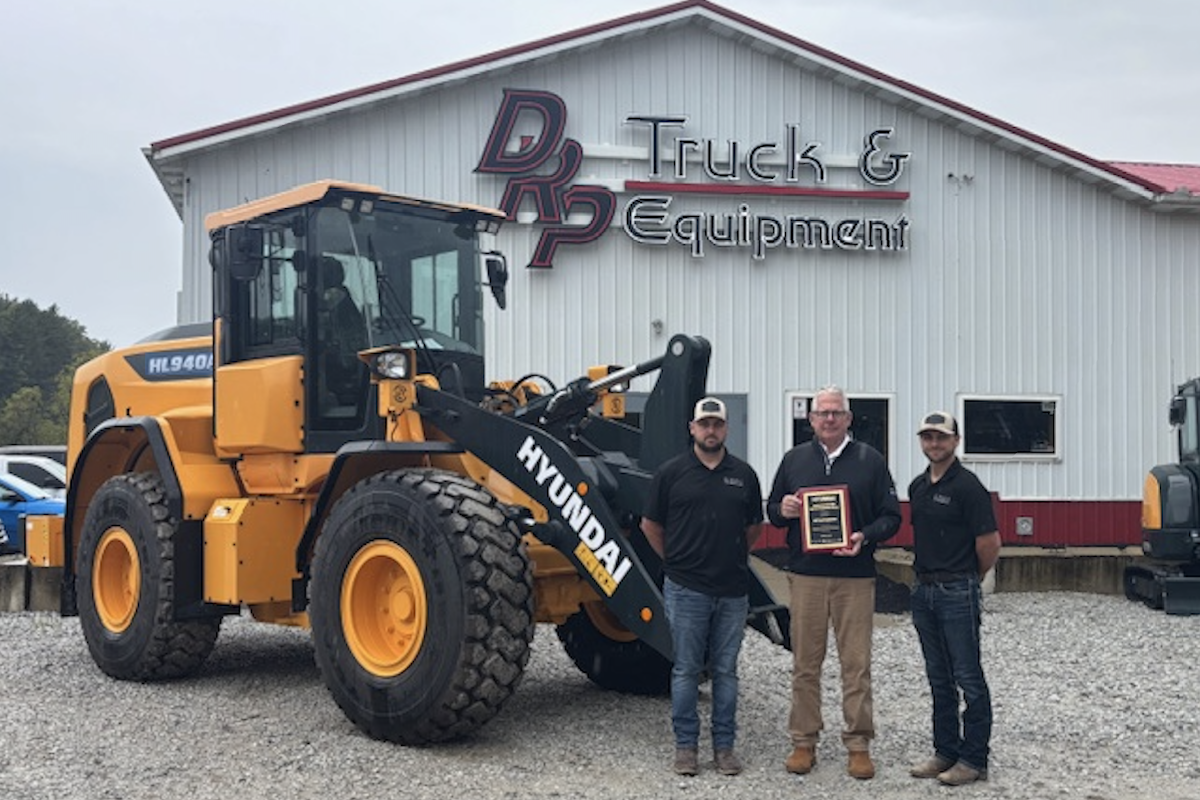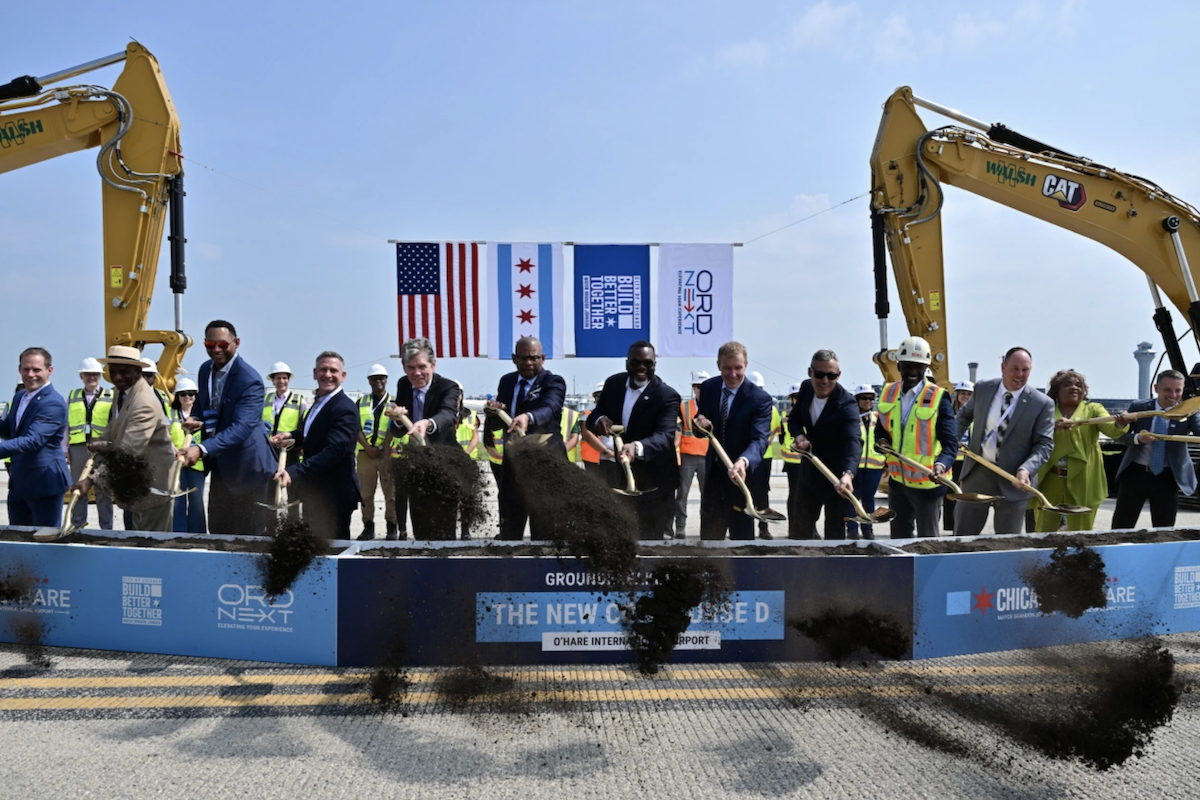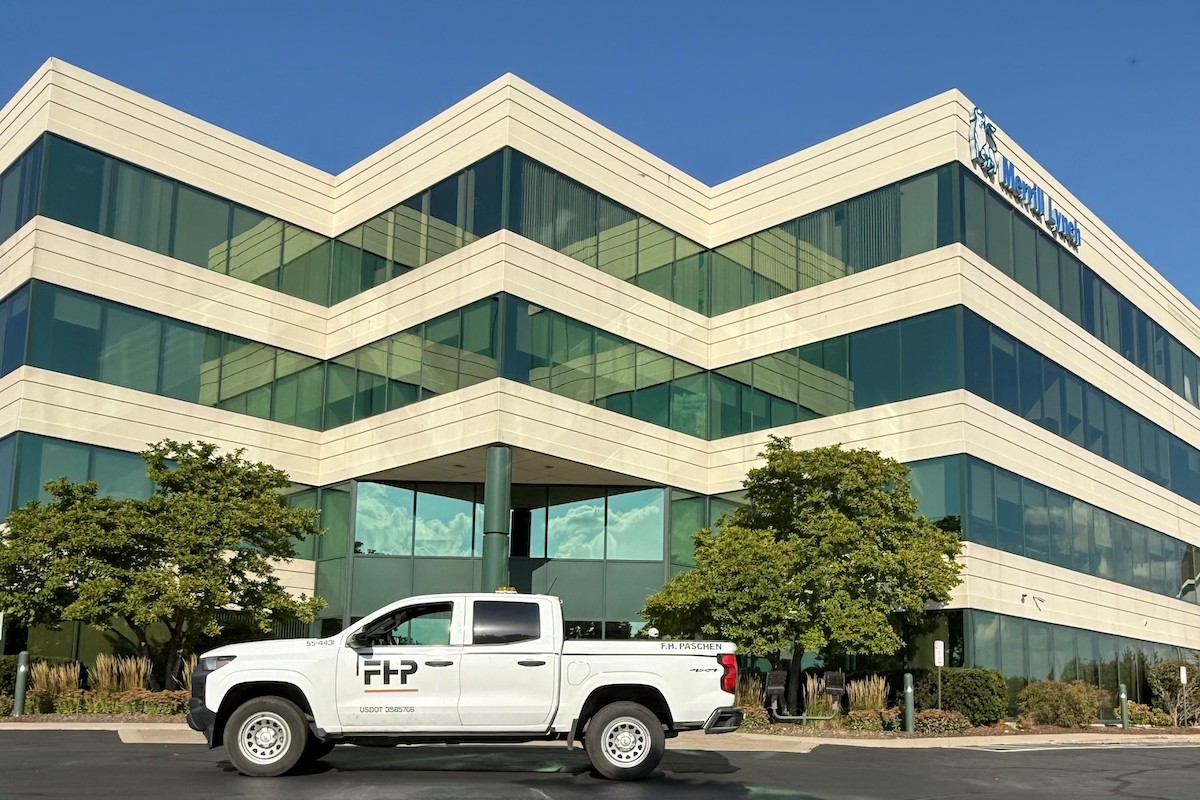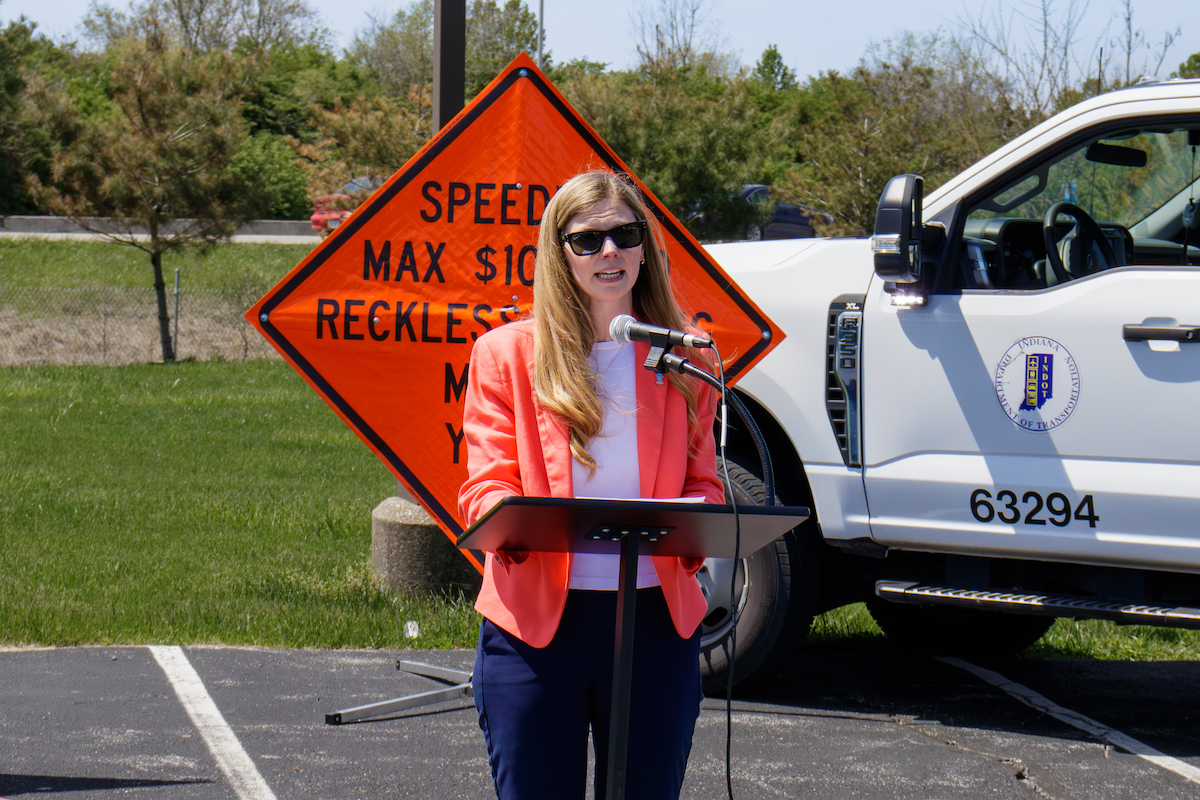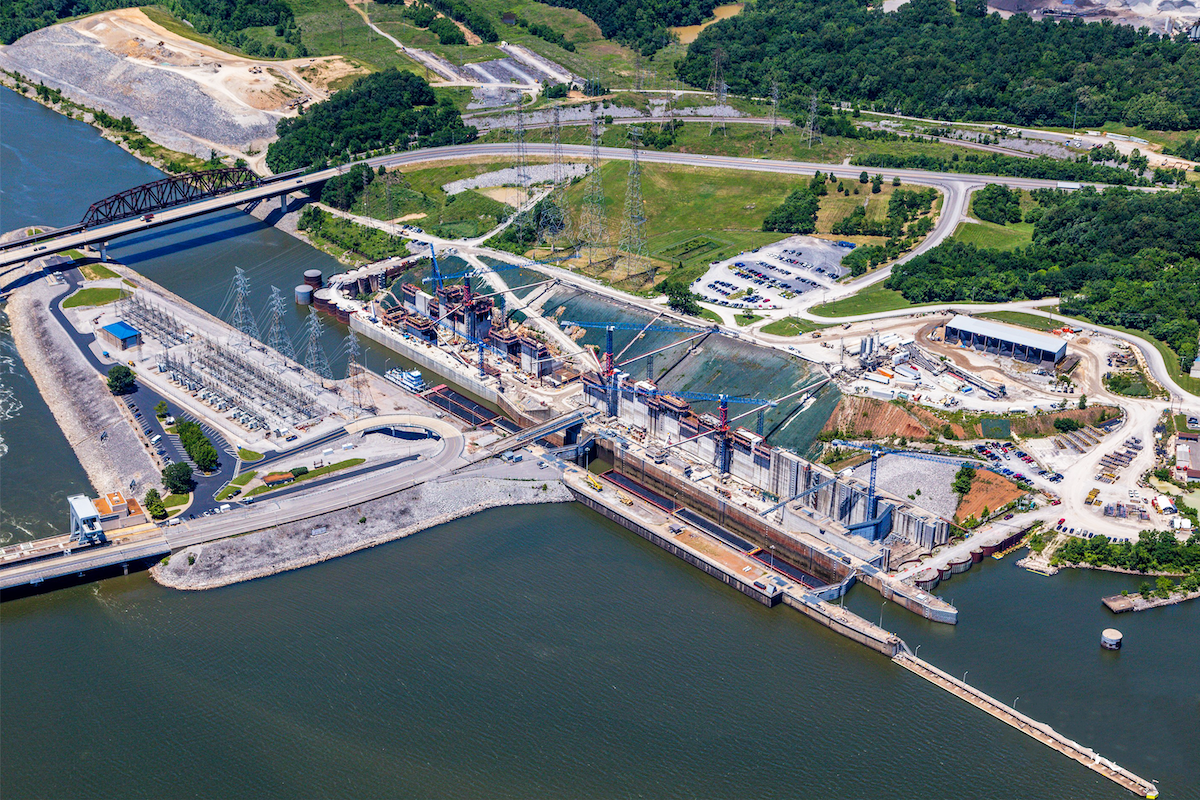Back then, “energy-efficient” design was evaluated primarily by energy cost savings. These were the early days of green building certification, and the building design and construction industry was just starting to process and communicate the simple return on investment for “LEED premiums” and the like. Reducing utility bills was tangible and the conversation was simple, “How long is the payback?”
With the emergence of Ed Mazria’s “2030 Challenge” in 2006, we started a mad dash to set our building projects on a trajectory to be net-zero within 25 years. The industry was prompted to shift its collective focus toward gauging efficiency not by cost, but rather by units of energy – such as kilowatt hours (kWh) or by thousand British Thermal Units (kBTU). We started gathering measured data from our buildings and figured out how a new project compared to similar existing buildings. “Energy use intensity” (or EUI) became the “MPGs for buildings.”
Today, the conversation is shifting again as the industry focuses on reducing greenhouse gas (GHG) emissions in measurable ways – by project and across portfolios. We realize that using energy matters to the extent that it contributes carbon emissions into the atmosphere. According to the U.S. Energy Information Administration (EIA), only Kentucky, Wyoming, and West Virginia create more carbon emissions per unit of energy generated than Indiana. So, energy efficiency makes a big impact in the Hoosier State.
To be clear, “carbon” in this context is usually a shorthand for carbon dioxide (CO2). Moreover, CO2 emissions are typically used as a proxy for all GHG emissions. The industry likes to use terms like “CO2 equivalent” or “equivalent carbon emissions.” You might see it expressed as CO2e.

| Your local Sennebogen LLC dealer |
|---|
| Brandeis Machinery |
When we gauge just how “efficient” a building is, you may increasingly receive feedback in the form of kilograms of carbon dioxide equivalent (kgCO2e). The conversation might still involve energy cost savings and kilowatt-hours, but the focus is now on low-carbon building projects.
Embodied carbon accounts for about a third of all carbon that comes from buildings. However, unlike operational carbon, which accrues over the life of the building, embodied carbon occurs upfront when the project is constructed.
If you are thinking to yourself that renovation projects must save a lot of embodied carbon, you are very correct. Some materials are great “carbon sinks” that reduce carbon on balance, such as sustainably managed wood and various rapidly renewable materials. Technological breakthroughs with concrete, aluminum, steel, glass, and other high-carbon materials may open the door for low- to net-zero carbon options.
The industry has not figured this out yet. However, there are some contractors that operate in Indiana – such as Pepper Construction and Turner – who are making major strides toward quantifying construction carbon impacts.
My firm’s own internal research has found that carbon contributions from transportation can roughly equal the operational carbon of a moderately energy-efficient building located in Indianapolis. For a high-performance LEED-certified project, the proportion of carbon from transportation may constitute about two-thirds of the total carbon.
Sitting a building in dense, walkable, bikeable communities with access to viable alternative transportation matters. Carpooling matters. Yes, telecommuting has sizable impacts here. Project teams can help building owners lower their “transportation carbon intensity” in these ways. Moreover, like the building sector, the transportation sector is moving toward 100 percent electrification. Same gamble here, if our electricity infrastructure decarbonizes, then electricity-based transportation moves toward net-zero carbon.
On a recent medical office building in the suburbs of Fort Wayne, we assessed the trees across the site and found that over the life of the building, the trees would offset about a third of the building’s embodied carbon. The vegetation on our sites is a massive carbon-soaking sponge. We can quantify this carbon removal, which direct serves to move a building project closer to net-zero carbon.
Daniel Overbey, AIA, LEED Fellow, is an Assistant Professor of Architecture at Ball State University and the Director of Sustainability at Browning Day. He is also the 2023 President of the Indiana Chapter of the American Institute of Architects.
















